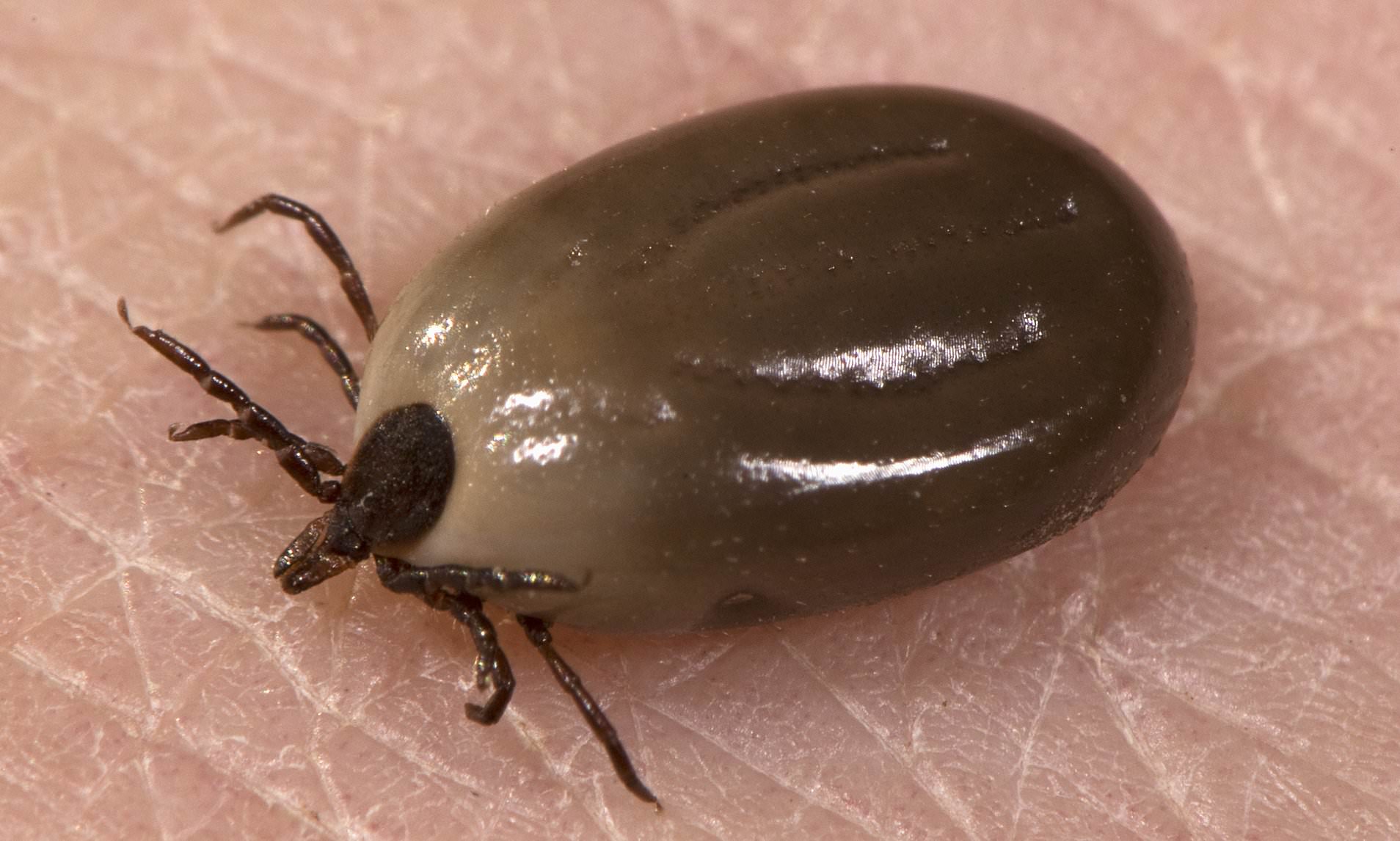
SCOTLAND HIT BY TICK DISEASE EXPLOSION
Cases of Lyme disease in Scotland may be five times higher than first thought, a study has found.
New research suggests that as many as 2,500 Scots could be affected by the tick-borne illness every year.
Lyme disease is a bacterial infection that can spread from ticks to humans, causing a tell-tale round rash and flu-like symptoms.
It can be easy to treat with a course of antibiotics but in some cases patients can have debilitating symptoms that last for years.
Despite the fact Lyme disease is a known problem in Scotland, particularly in the Highlands, accurate figures on the prevalence of the infection are not known.
When patients go to their GP with symptoms, some doctors will send blood tests off for laboratory confirmation. But often a GP will simply prescribe antibiotics on symptoms alone, especially if there has been a tick bite and the patient has a rash.
Researchers led by the Scottish Lyme Disease and Tick-borne Infections Reference Laboratory in Inverness carried out a study of GP practices in the north of Scotland to find out how many patients were likely to have been infected with Lyme disease.
They counted lab reports and searched patients’ medical records for evidence, such as coming in with a tick bite and being prescribed antibiotics.
In total, they looked at NHS records from 63 GP surgeries covering a population of more than 235,000 people. They found 3,412 patients with Lyme disease or suspected Lyme disease were treated with antibiotics from January 2019 to December 2022.
That was compared to the number of laboratory-confirmed cases for the same period which was just 652.
Dr Sally Mavin, director of the laboratory, said: ‘Current data is based on laboratory testing figures but many cases are diagnosed and treated by GPs without any need for a blood test and so don’t appear in official figures.
‘The study found the number of Lyme disease cases could be as much as five times higher than current data suggests, up to 850 cases per year in the Highlands, which could equate to 2,500 per year for the whole of Scotland.
‘It is important we are aware of ticks and how to prevent being bitten and know how to check ourselves and our children for them so that we can remove them quickly and safely to reduce the risk of getting Lyme disease.’
Read more 2024-05-05T22:58:45Z dg43tfdfdgfd